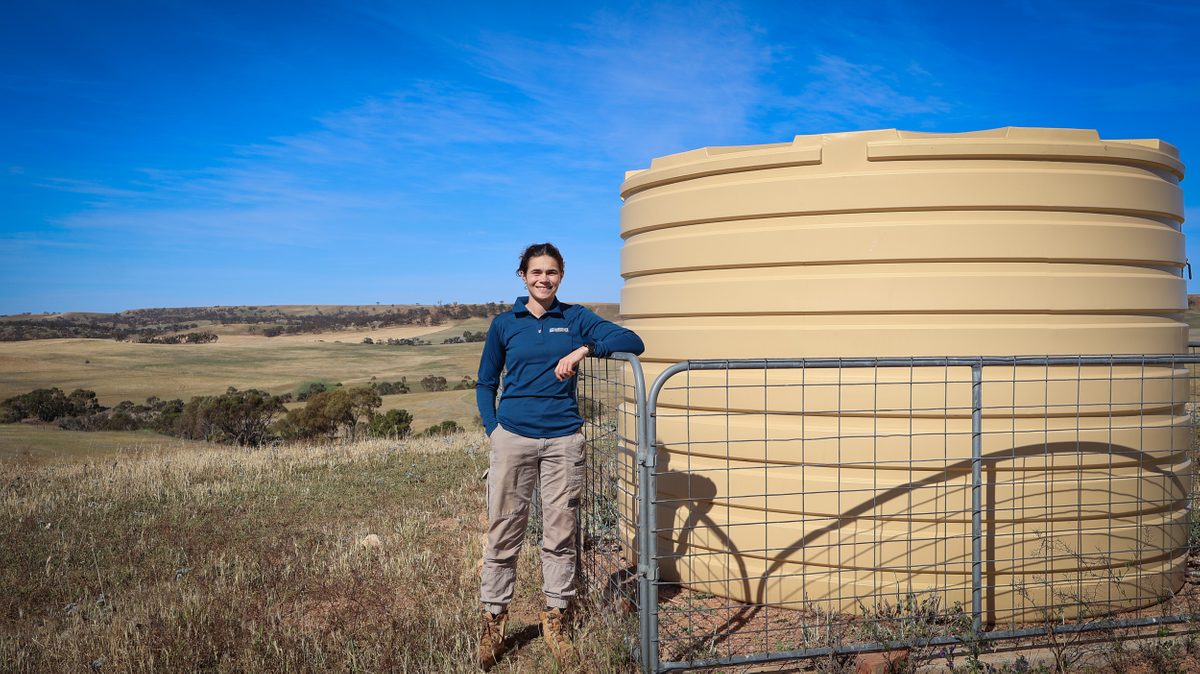White weeping broom invading the environment
While undoubtedly a hardy garden plant, white weeping broom is causing havoc to the environment across Yorke Peninsula and landholders are urged to keep an eye out for it anywhere beyond the garden fence.
Natural Resources Northern and Yorke (NRNY) Landscapes team leader Ken Rudd says all the attributes that make white weeping broom a good garden plant also make it a problem in the natural environment.
"White weeping broom – or Retama raetam – was brought to Australia as an ornamental shrub and was first recorded in South Australia in 1841," he says.
"It’s a very drought tolerant plant, making it a particular threat in dry regions and during drought years.
"It is also an aggressive invader which spreads by seed, and each plant produces a large number of seeds.
"Like many of the broom plants, it invades native vegetation and can grow to three metres tall and six metres across."
The white weeping broom is an Australian National Environment Alert-listed plant, but not a proclaimed plant, so people can still buy it in nurseries and are allowed to grow it in their gardens.
However, Mr Rudd is urging landholders to be aware of the impact it can have if it ‘escapes’ the home garden and to be particularly vigilant with garden waste containing white weeping broom clippings.
NRNY have been working to control the pest plant in sites at Port Victoria, Rogues Gully, Edithburgh and Ardrossan.
Work also continues at Wallaroo Mines in Kadina, where large numbers of white weeping broom have become established possibly as the result of illegal dumping of garden waste.
For more information, or to report sightings of white weeping broom in the natural environment, please contact Ken Rudd on 8821 4672, mobile 0427 280 820 or email ken.rudd@sa.gov.au


